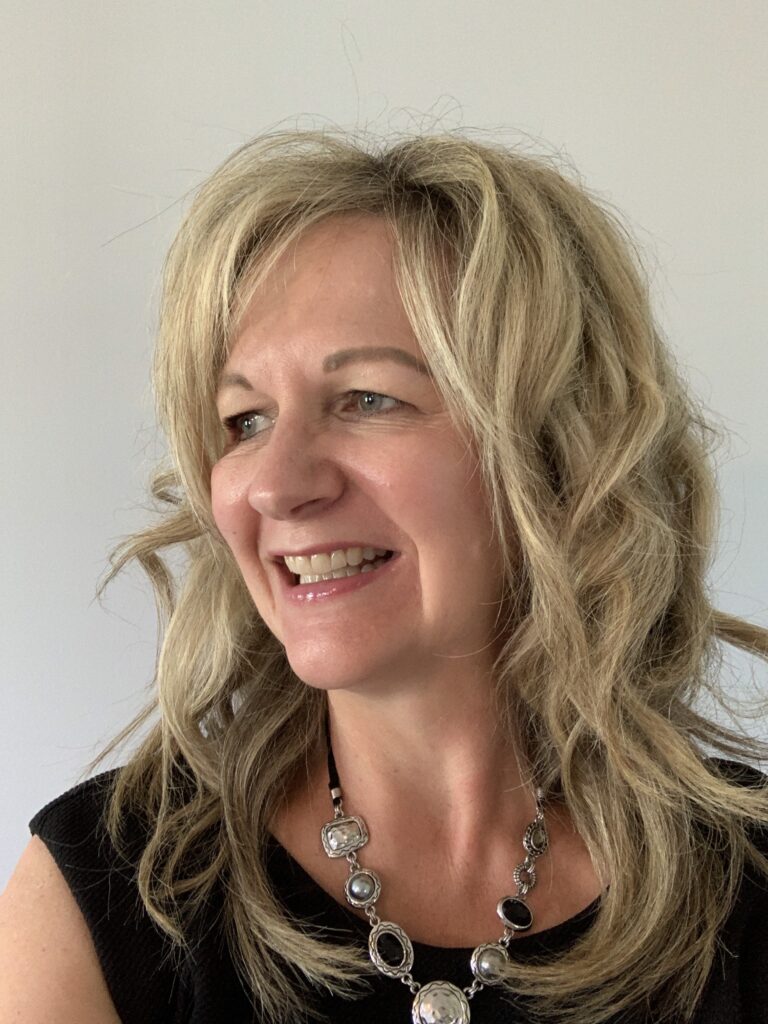
Life safety: Q&A with NFPA’s Canadian director, Laura King
January 12, 2023
By
Maria Church
 Photo: Laura King
Photo: Laura King Meet Laura King, the regional director of Canada for the National Fire Protection Association (NFPA).
King champions building, fire, and life safety activities across the country, and works with the fire and life safety community, including emergency managers, to advance safety in Canada by cultivating strong alliances, working with existing and new stakeholders, advocating for public education, and representing NFPA in local, provincial, and national circles.
King sits on the Avert editorial advisory board – an assembled team of practitioners from coast to coast lending their experience and networks to help steer editorial content.
Read her take on challenges and opportunities facing disaster management in Canada in the below Q&A.
Avert: What is your current and what are your past roles as they relate to the field of disaster and emergency management?
King: I work with emergency managers across Canada to ensure awareness and adoption of NFPA standards, programs, resources, and materials; that includes a focus on community risk reduction and NFPA 1300, Standard on community risk assessment and community risk reduction plan development. I present to municipalities, fire departments and other stakeholders to help authorities having jurisdiction implement community risk assessments and community risk reduction plans and the accompanying partnerships, strategic plans, and public-education programs.
I’m certified in IMS 100 and was an instructor for the Northern Alberta Institute of Technology Emergency Management program, covering media and public engagement.
I was also the editor of Fire Fighting in Canada and Canadian Firefighter magazines for 10 years and served as the national communications advisor for FireSmart Canada for two years.
Avert: How long have you been involved disasters or related fields and what are some career highlights thus far?
King: I’ve been involved since 2007 when I started as editor of Fire Fighting in Canada and began covering incidents across Canada, including the Elliot Lake mall collapse, the Slave Lake wildfire, the Fort McMurray fire and many others. I worked with fire chiefs and emergency management personnel on social media planning and development, and understanding behaviour change.
At NFPA, my work involves helping AHJs implement community risk reduction plans, the development of partnerships to reach target audiences – those susceptible to identified risks – and the creation of public-education programs to help mitigate the risks.
Most of my career highlights involve travelling to for conferences or to gain understanding of large-scale incidents. I was in Elliot Lake in Northern Ontario for the inquiry into the mall collapse, and visited Slave Lake and High Level in northern Alberta to understand the response to those incidents. I’ve attended or presented at Northern HEAT in Alberta before, during and after major wildfires, the Northwest Response Forum in Ontario, and the Manitoba Disaster Management Conference.
Avert: What do you see as the biggest challenge facing emergency managers and/or the disaster management system in Canada?
King: Communication. We think we’re good communicators, but we so often fail to reach identified target audiences, speak their languages, understand their barriers to change, and provide culturally appropriate messaging. Implementing community risk reduction, identifying target audiences, creating partnerships, developing strategies, implementing a plan, and evaluating programs are simple steps to follow to reduce risk and aid in recovery. Partnerships help us reach people. People crave information. We need to provide consistent, accurate messaging through the groups, organizations and agencies that can reach the people at risk. We need a paradigm shift that focuses on preparation for identified target audiences, rather than response and recovery.
Avert: Similarly, what do you see as the biggest opportunity?
King: Communication. We know the first responders to disasters are always regular people – neighbours, passers by, family members. Helping people understand how to prepare, what to do, and how to recover will reduce risks, impacts and costs – both financial and human.
Print this page